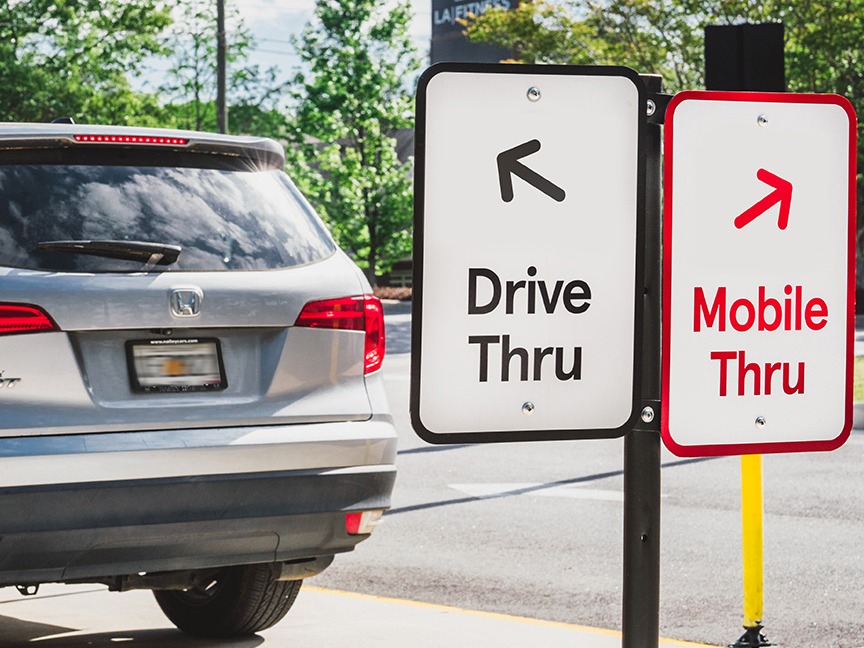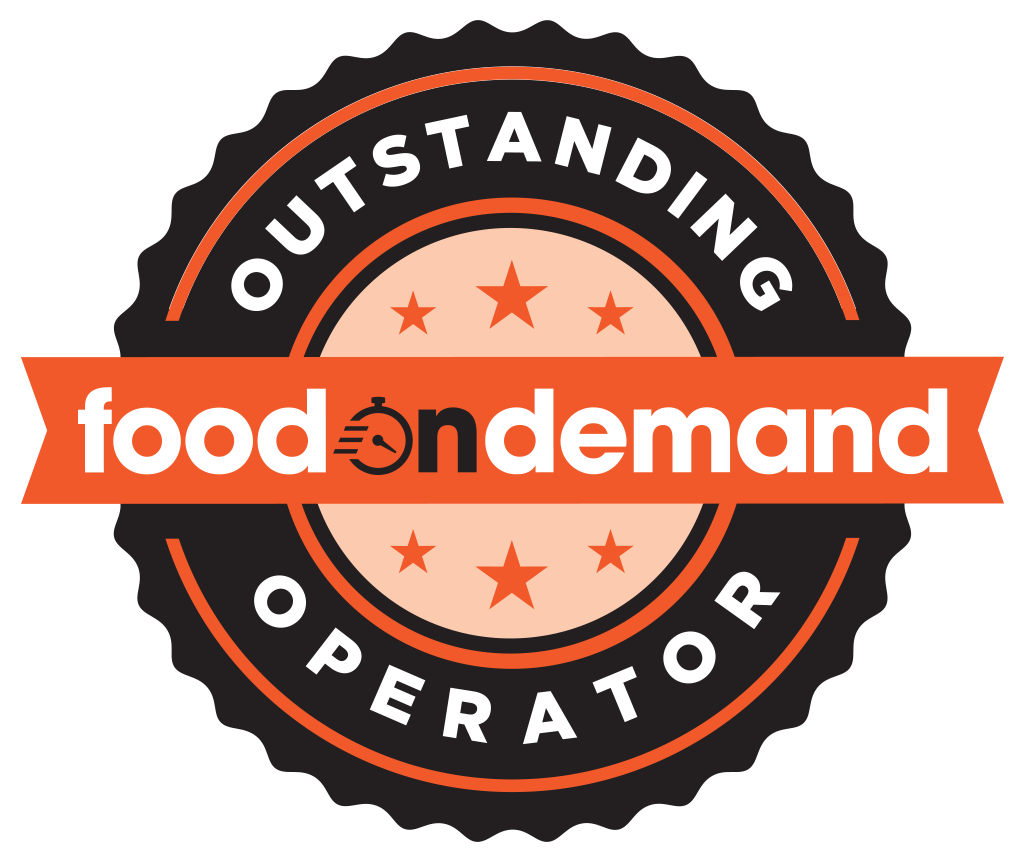Nearly 75 percent of all restaurant traffic now happens off-premises. That means almost three out of four orders are through takeout, drive-thru, or delivery.
The data comes from a report made by the National Restaurant Association earlier this year.
“Off-premises dining has become a key revenue driver and an essential way to engage consumers,” said Dr. Chad Moutray, chief economist at the association. “It now accounts for a larger share of sales for 58 percent of limited-service and 41 percent of full-service operators compared with 2019.
“It is helping restaurants stay strong and grow, even with ongoing economic pressures.”
Who’s driving demand and where
Unsurprisingly, Gen Z and millennials are leading the shift. About two-thirds say takeout is essential to their lifestyle, and nearly 60 percent use takeout or drive-thru at least once a week. More than 60 percent say they are ordering off-premises more often than they were a year ago.
Where people live also matters. Most city residents say takeout or drive-thru is a must. Meanwhile, 67 percent of rural consumers say they wish they had more takeout options. This shows room for growth in those areas.
Mobile ordering is now common. About 57 percent of adults have used it recently, including 74 percent of millennials and 65 percent of Gen Z. Older adults still prefer ordering in person.
Takeout is the most used off-premises option, followed by drive-thru and then delivery.
Right now, 65 percent of limited-service restaurants offer delivery, and many expect curbside pickup and dedicated takeout areas to become even more common in 2025.
Fewer full-service restaurants offer off-premises service, but that is changing. About 43 percent expect curbside to grow, 31 percent are planning more takeout counters, and 12 percent are looking into adding drive-thru lanes.
What customers want
About 94 percent say fast service is key, and over 90 percent say good customer service is very important. Three out of four delivery customers like being able to order and pay through technology.
Deals and loyalty matter, too. More than 80 percent of people use special offers like buy-one-get-one deals, combo meals, or real-time discounts. About 65 percent of drive-thru users and over 60 percent of takeout and delivery users say their membership affects their decision.
Customers also pointed out areas where restaurants could improve. About 90 percent say they would order a wider variety of food if it arrived with the same quality as eating in the restaurant and that some would even pay extra for packaging that keeps the food fresh.
Around half of Gen Z and millennials say they would consider ordering from an AI-powered video assistant.
Off-premises dining is no longer just a convenience; it’s a major part of how people eat today. Restaurants that focus on speed, value, and easy ordering are better positioned to meet demand and grow in a changing market.


